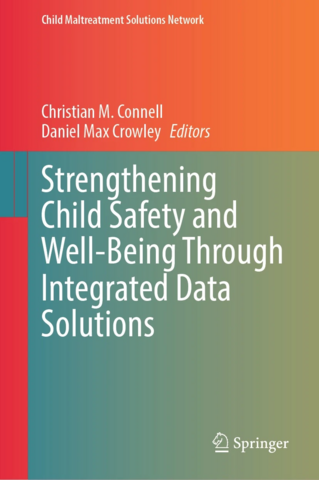Abstract:
More information is needed for child welfare agencies to understand service utilization across systems and identify ways to better meet the complex needs of children in foster care.
This chapter summarizes results of a study of high service use, or “superutilization,” among children in foster care. The study linked administrative data from child welfare, Medicaid, and other services for two sites. After defining superutilization, latent class analysis was used to identify types of superutilization and predictive analytics were used to identify characteristics at time of entry that can lead to superutilization.
The learning objectives include (1) gain insights about the potential for linking Medicaid and child welfare data, (2) learn about innovative ways to assess high levels of service utilization across multiple services systems, (3) understand how linked services data can be used to predict key outcomes for children in foster care, and (4) consider how linked Medicaid and child welfare data can inform targeted interventions for children in foster care.

